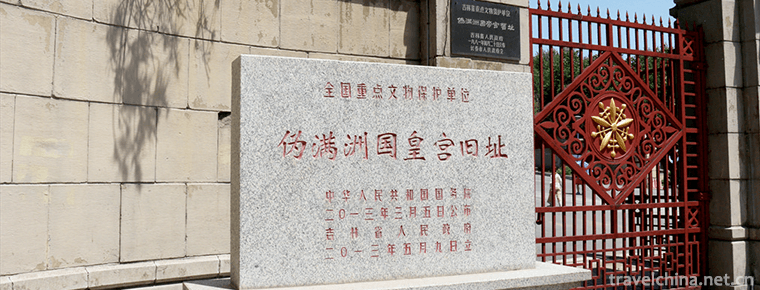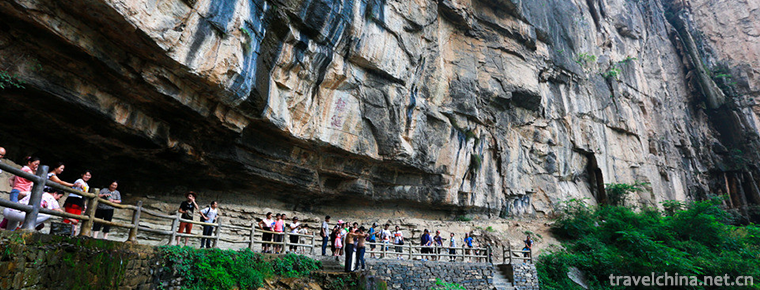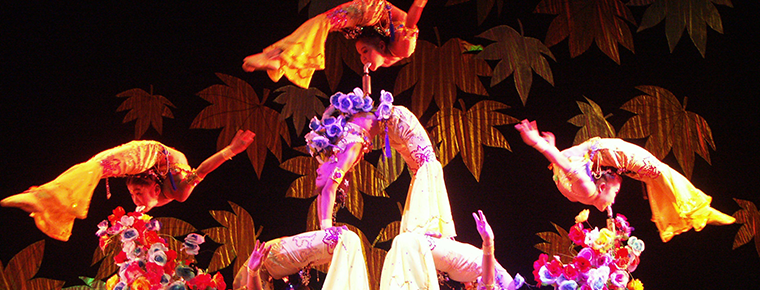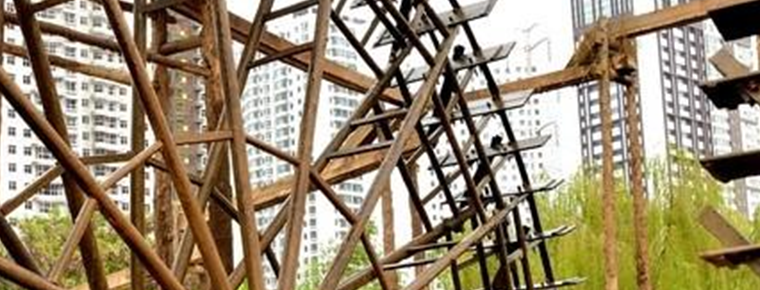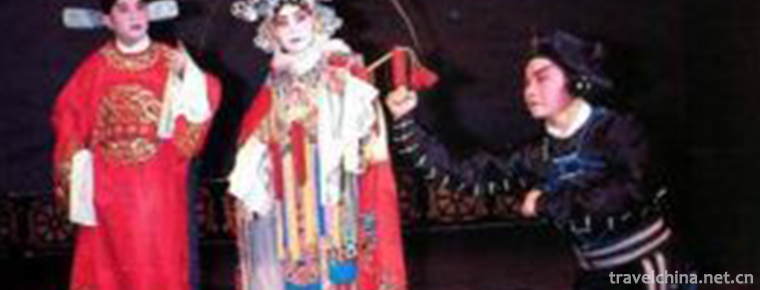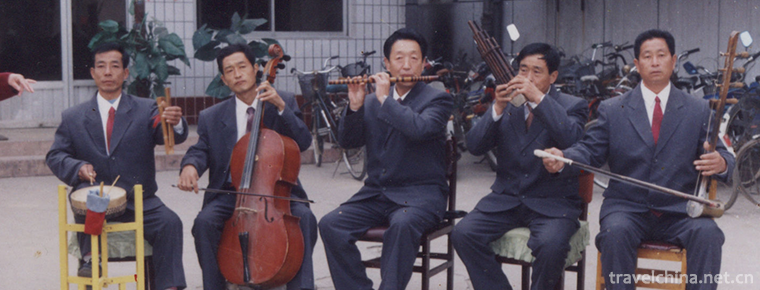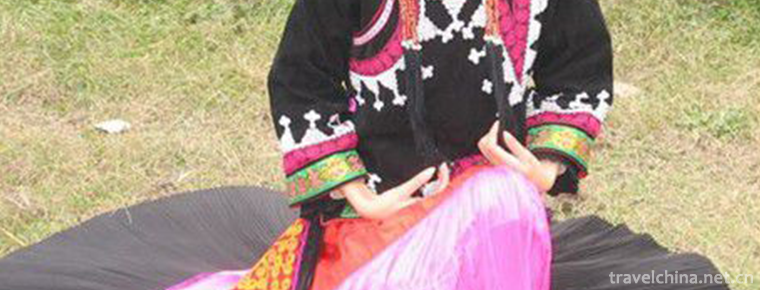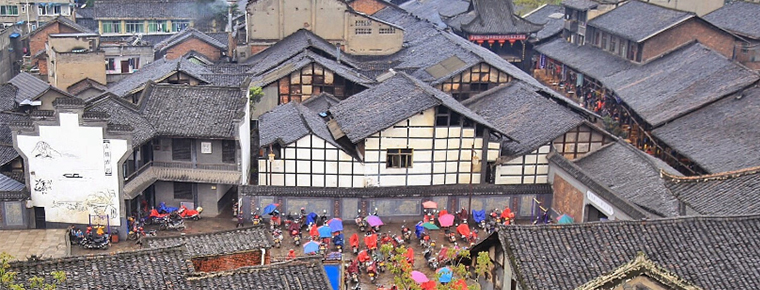Mongolian Topshore Music
Mongolian Topshore Music
Topshore is a unique short-necked woody plucked string instrument of Mongolian nationality in Xinjiang. It is beautiful in shape, simple in manufacture, graceful in timbre and easy to carry. It is especially suitable for nomadic life style and nomadic cultural characteristics.
In November 2014, "Mongolian Topshore Music" was approved by the State Council and listed in the fourth batch of National Intangible Cultural Heritage Representative projects.
Circulation area
Suitable for nomadic life style and nomadic cultural characteristics, it is deeply loved by herdsmen and widely spread among the Mongolian people in Xinjiang. In addition to the accompaniment of "Sawurden Dance" at folk gatherings, Obo meetings, weddings and other occasions, it can also play solo music for appreciation, and can also be used to accompany short-tune folk songs and "Jianger" rap and singing. The most famous repertoire is "Twelve Tobshore Suites". Topshore music of Mongolian nationality is a kind of traditional music which was approved by the State Council in 2014 and listed in the fourth batch of national intangible cultural heritage list.
Representative repertoire
Among many Tobshore tunes, "Twelve Tobshore Suites" is the most prominent. The Twelve Tobshore Suites in Xinjiang have their own characteristics because of their different regions and folk artists. The song titles of "Twelve Tobshore Suites" in Usu City are "Holmer", "Girl Sawurden", "Soren Hazil", "Jiudur", "Moren Siegler", "Duerdong", "Daogling Kuksin", "Sohur Kuksin", "Sopayg", "Urugtik", "Horner Ahar", "Balkin". Kai, Yang Da. In addition, there are some Topshore classics such as "Baojinkai", "Buwa", "Ben Boer River" and so on.
historical origin
The history of Topshore is as old as the history of the formation of the Mongolian nationality. In the 1370s, on his way to Beijing through Xinjiang, Marco Polo saw Tobshore on the Mongolian grassland and left a record. In addition, in the Western Regions Tuzhi of the Qing Dynasty, there are detailed records about "Topshore": round Bushur, that is, the second string, with wood as the groove square, with holes in the bottom. Its face is six inches, eight minutes, two centimeters and six inches, three centimeters and nine centimeters wide. The edge length is 7 inches 8 minutes 8 centimeters and the width is 6 inches 4 centimeters 8 centimeters. With wood as the handle, Baishankou is one foot seven inches long, two minutes eight centimeters long, nine centimeters wide and one inch zero seven centimeters wide. The curved head is on the groove surface, wide and so on. The chord shaft groove is two inches and four centimeters long and three centimeters wide. Axis length is 4 inches and 4 centimeters. The length is 2 feet and 3 inches and 4 centimeters. Camphor wood is used in the whole body and Tung wood is used in the groove surface. Shi Xian II takes single intestine as its main target. It is tied to the left and right axles and taps the finger by hand.
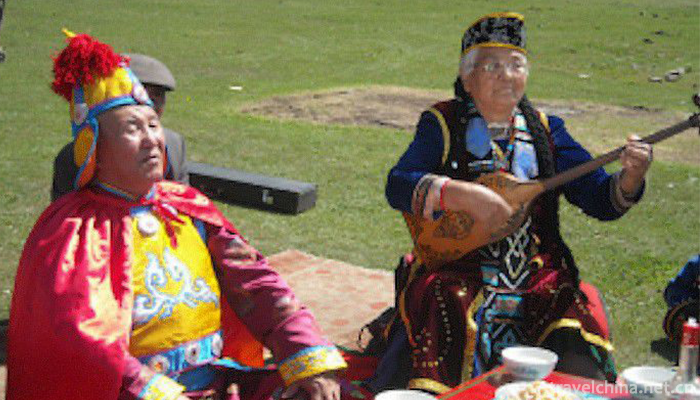
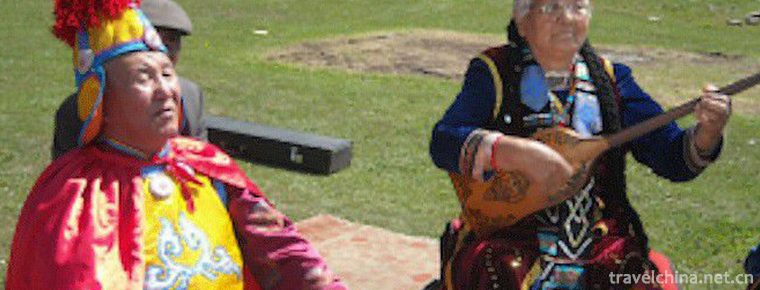
Mongolian Topshore Music
-
The Museum of the Imperial Palace of Manchukuo
The Museum of the Imperial Palace of “Manchukuo†is located in Guangfubei Road, Kuancheng District, Changchun City. It is a Palace Ruins Museum built on the site of the Puppet Manchu Palac
Views: 250 Time 2018-12-05 -
Heilongjiang Science and Technology Museum
Heilongjiang Science and Technology Museum is located in Sun Island Science and Technology Park of Harbin City, which is a ship-shaped building sailing
Views: 308 Time 2018-12-08 -
The Wanxian Moutain
Wanxianshan Scenic Area is located in the hinterland of Taihang Mountain in the northwest of Huixian City, Henan Province. It belongs to Nantaihang Tourism Resort, Xinxiang
Views: 247 Time 2018-12-17 -
Three Parallel Rivers of Yunnan Protected Areas
The three rivers running side by side are Jinsha River, Lancang River and Nujiang River, three rivers originating from the Qinghai-Tibet Plateau, running 170 kilometers from north to south in Yunnan P
Views: 93 Time 2018-12-19 -
Jianhu acrobatics
Jianhu acrobatics is a kind of traditional acrobatics art of Han nationality, which originated and spread in Jianhu County, Yancheng City, Jiangsu Province. Historically,
Views: 91 Time 2019-05-05 -
Making Techniques of Lanzhou Yellow River Waterwheel
Lanzhou Yellow River waterwheel production technology, Lanzhou City, Gansu Province, local traditional handicraft, one of the national intangible cultural heritage.
Views: 354 Time 2019-05-10 -
Qiyang minor
Qiyang in the north of Yongzhou is a kind of traditional opera widely spread. After a long period of evolution and development, it has formed a traditional folk art form with strong local color,
Views: 152 Time 2019-06-10 -
Four strands
Four-strand string, also known as four-strand string, two-strand string, five-tune string and five-tune tune tune tune, is one of the ancient traditional local operas in China. It originates from Julu
Views: 411 Time 2019-06-16 -
Yi dress
The costumes of the Yi nationality are colorful, unique in style, and have nearly 100 kinds of shapes. Historically, because of the numerous branches and scattered residence of the Yi people, there ar
Views: 232 Time 2019-07-12 -
Hefei University
hefei university (Hefei University), located in Hefei, the capital of Anhui, is a common higher education institution jointly organized by the state and local governments and cities and municipalities
Views: 182 Time 2019-11-13 -
Luocheng ancient town
Luocheng ancient town, known as "China's Noah Ark", is located in the northeast of Qianwei County, 60 kilometers away from Leshan City and 25 kilometers away from Qianwei county. There are seven ethnic groups, Han, Hui, Yi, man, Tibetan, Li and Miao.
Views: 109 Time 2020-10-15 -
Dazhous secondary industry
In 2019, the added value of all industries in Dazhou is 46.35 billion yuan, an increase of 8.7% over the previous year, of which the added value of industries above Designated Size will increase by 9.6% (see Table 2). Among the industries above
Views: 320 Time 2020-12-20
